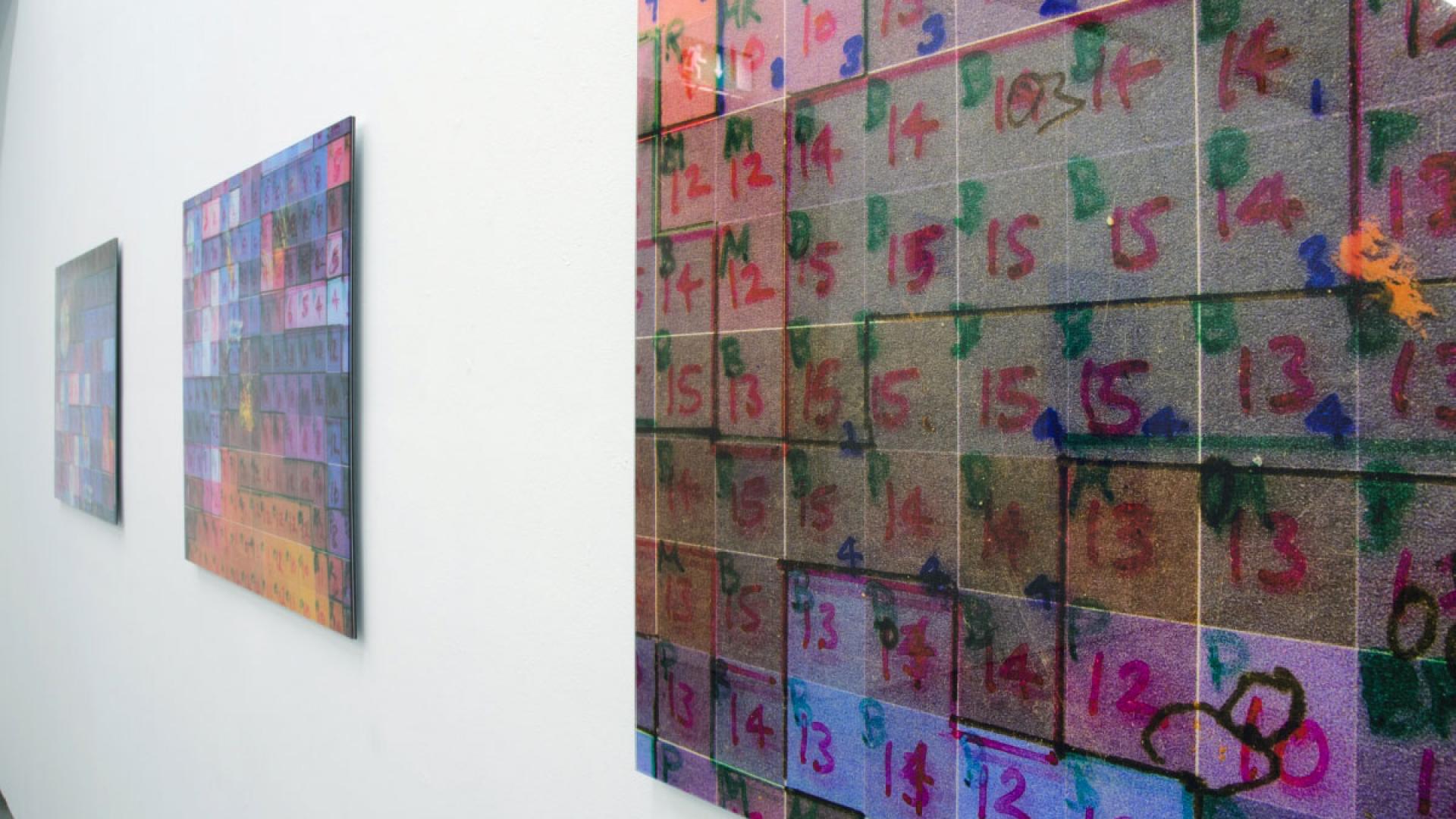“ellipsis…” by Brian Coates, 2007 catalogue introduction
Introduction from the catalogue “ellipsis…,’ Enda O’Donoghue paintings 2007-2005′ published in Berlin, November 2007 on the occasion of the exhibition “After Joe_Blogs” at Galerie hunchentoot, Berlin.
Enda O’Donoghue has spoken of the “in-between” spaces that inhabit his paintings; his interest in the physical characteristics of such places as airports, train stations, waiting rooms, shopping queues links to a theme familiar in European culture: our folktales and images are saturated with those spaces that straddle pastoral and urban, reason and emotion, fact and fiction, past and present.
The interstices of cultural life present particular challenges to the artist in that they are often among the most mundane images of contemporary existence. ‘…man exists, turns up, appears on the scene, and only afterwards, defines himself’, comments Sartre. Waiting, ‘between two worlds’, is a time when we meet ourselves; there is nothing to do, no distraction, just the human and his or her existence. We look for a paper, a chat, a sleep, an argument, (as Beckett knew so well), to fill that space.
Enda O’Donoghue’s artistic practice flows through varied media and thematic interests but this concern with the situatedness of the human condition is a consistent thread. His creative projects have involved the intersections of sound and image, and of video, photography, interactive media and painting; this has generated an exciting body of work which has been enriched by an appreciation of the applications of technology. The ancient art and craft of painting is defamiliarised by the infusion of the new; the computer and the brush or stencil are joined in a common cause, an interrogation of the shifts and turns of everyday experience.
The common nature of this experience is embodied in the problem of ownership that these images foreground. In a sense they are communal property but also the work of a single individual. They exist in multiple form but they can also be termed ‘original’. Music sampling has faced similar issues and the pains that O’Donoghue takes to rework these images evidences his understanding and interest in such issues. ‘Copy’ as in copyright takes on a new definition in an era of cloning, cyberspace and transplants. These paintings began their life as digital photographs on the internet. An artistic energy and sensitive vision has excavated and re-contextualised them. O’Donoghue has referred to this shift from digital image to painting as an act of translation. He traces ownership of the images, requests permission for their use and begins the process of shifting the image to the medium of a painting, through making a slide and sketching the photograph on canvas. The making of the painting is a dense, highly skilled and lengthy act: as ‘translator’ he seeks to maintain features of the original works which are often chosen because they offer a rawness of experience. The low resolution, pixilation, digital noise and glitches are the areas that interest the artist and he seeks to maintain these qualities in the finished work. ‘First Day New Job’ and ‘Waiting to be Called’ bring out the poignancy of this deliberate downplaying of the surface of the image; the images possess a melancholy rootlessness matching their subject matter. Edward Said speaks of waiting as ‘…unending expectation, about the moment that comes before something which itself never comes, but which in the process reduces everyone to a frozen state of clown-like, pathetic banality in which only limited motion is possible in virtually the same places’. In the foreground of ‘Registration’, a man in profile stares blankly into space; the room we are shown is crowded with people who are literally, by being seen from the back, faceless. In other paintings territorial imperatives are reduced to the possession of a seat in a commuter train or a favoured place in a waiting room, temporary nomadic jostlings – these image disturb through their terrifying ordinariness.
Yet the work we see also celebrates. . ‘Pray’, for instance, emphasises the gestural chant and dance that lies between physical and metaphysical, a defining archetype of our search for meaning in an increasingly homogenised world. Such images began in the mind’s eye of untrained photographers using the mobile phone or digital camera, devices that put a power into the hands of the amateur and these photos demonstrate the curious nature of our species. Someone found this or that moment worthy of recording and one aspect of the work is the quirky selectiveness that is highlighted by those choices. What O’Donoghue has done is to convert this ‘pathetic banality’ into the stuff of art while respecting the integrity of the muffled and occluded images that he has found. The internet is an instrument of democracy as well as of surveillance and this exhibition offers a template for the commonality of our concerns. Shaping and magnifying the images, applying stencil to analogise the low resolution of the photos, stamping and moving paint around to highlight the suggestive imperfections of the original indicates O’Donogue’s concern with this dimension of the work.
The translation we are offered is a collaborative event, a staging – the image-maker, the artist and the audience meet through moments that evoke the transient qualities of those nomadic spaces where the in-between happens, threaded as it is with the lonely relationships mandated by the queue, the bureaucracy, the working life.
Brian Coates
Dr Brian Coates is Director of Cultural Studies at the Bhasha Research and Publication Centre, Baroda, Gujarat, India and Research Fellow at the Interaction Design Centre, University of Limerick, Ireland.
